
Soil Health & Fertilization
We unite suppliers and green industry professionals worldwide
Broad beans or Fava beans are a healthy legume loaded with nutrients that were cultivated long ago. These beans are considered rich in protein, fiber, and plant compounds that boost health.
By Mariam Scott
|Published on September 19, 2025
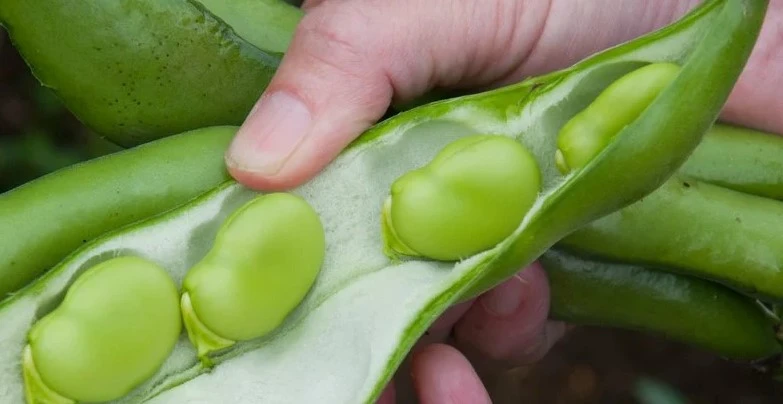

Broad beans or Fava beans are a healthy legume loaded with nutrients that were cultivated long ago. These beans are native to the Mediterranean area and have a long history of consumption as a foodstuff, animal food, and as a cover crop. The versatility of fava beans commends them both in the kitchen and in the garden, and any gardener interested in growing something hardy and nutritious benefits greatly by planting fava beans.
The fava beans are considered rich in protein, fiber, and plant compounds that boost health. Consequently, they are a good supplement to any diet. In addition to this nutritional value, fava beans also come with numerous benefits to the farmers, such as enriching the soil with nitrogen, making the fava bean the ideal plant to incorporate during crop rotation, and promoting soil health.
| Scientific Name | Vicia faba |
| Common Names | Fava bean, broad bean, field bean |
| Family | Fabaceae |
| Genus | Vicia |
| Species | Vicia faba |
| Cultivars | Popular cultivars of fava beans include ‘Aquadulce’, ‘The Sutton’, and ‘Windsor’. |

September 25, 2025
9 minute read
September 24, 2025
9 minute read
September 23, 2025
10 minute read
September 22, 2025
9 minute read


Join as a seller and connect with thousands of B2B buyers nationwide!
Sign Up
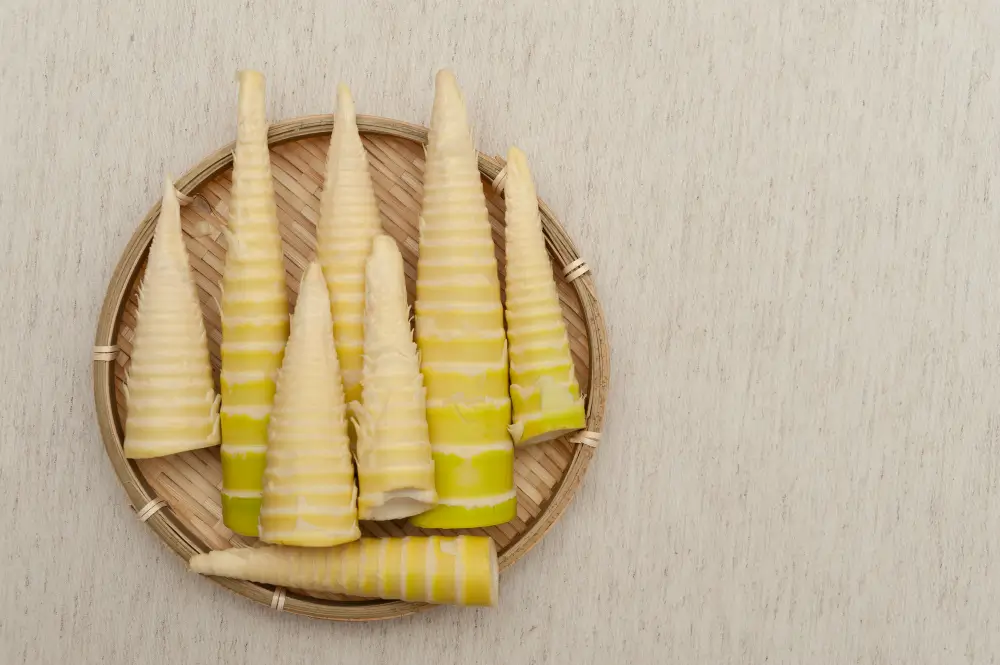
Bamboo shoots
Young edible stems of the bamboo plant, known as bamboo shoots, are famous in many cultures due to their culinary value and also ecological benefits. They have become not only an essential part of Asian food, but they are a vital source of construction, c
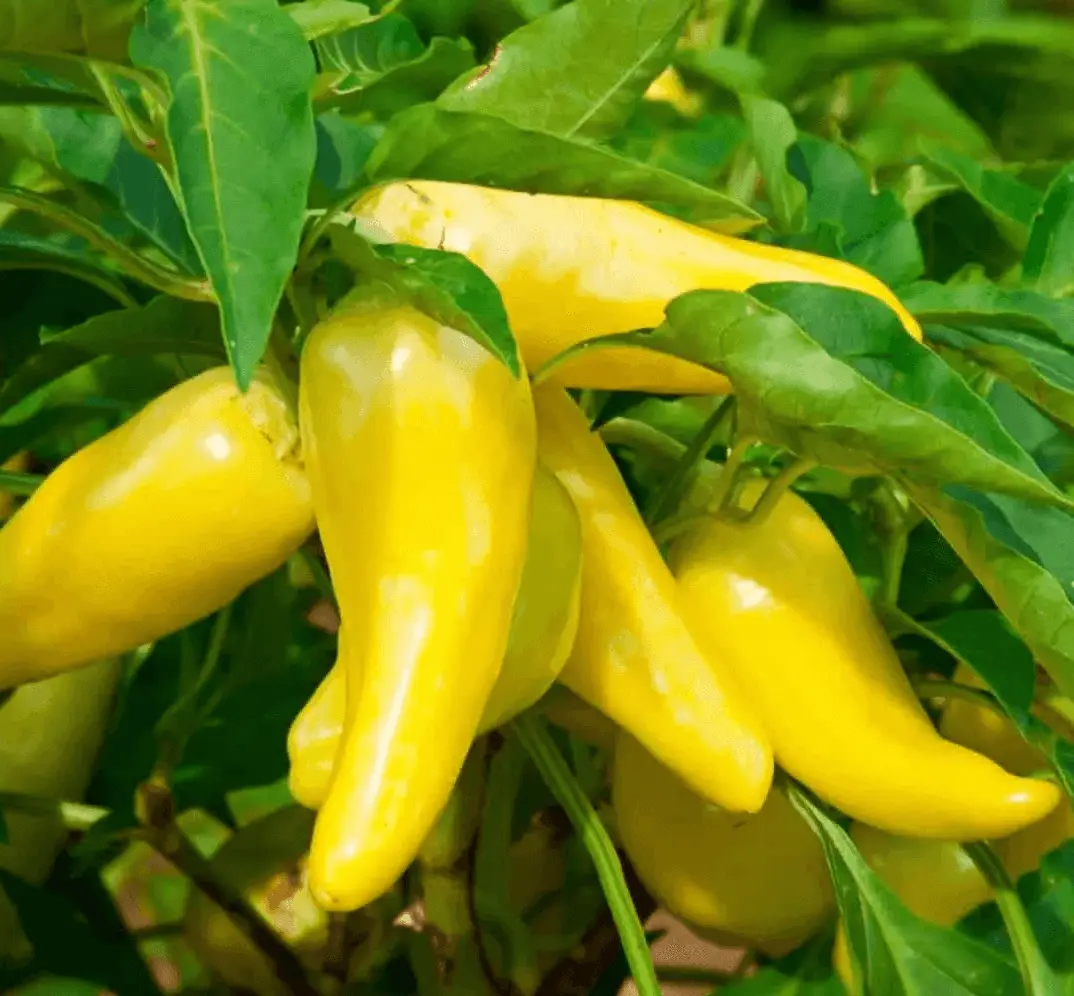
Banana Pepper
Banana pepper is a popular pepper among chilli growers and vegetable gardeners and is widely consumed. People adore them for their mild, tangy flavor that adds some zing to a dish without bringing the heat.
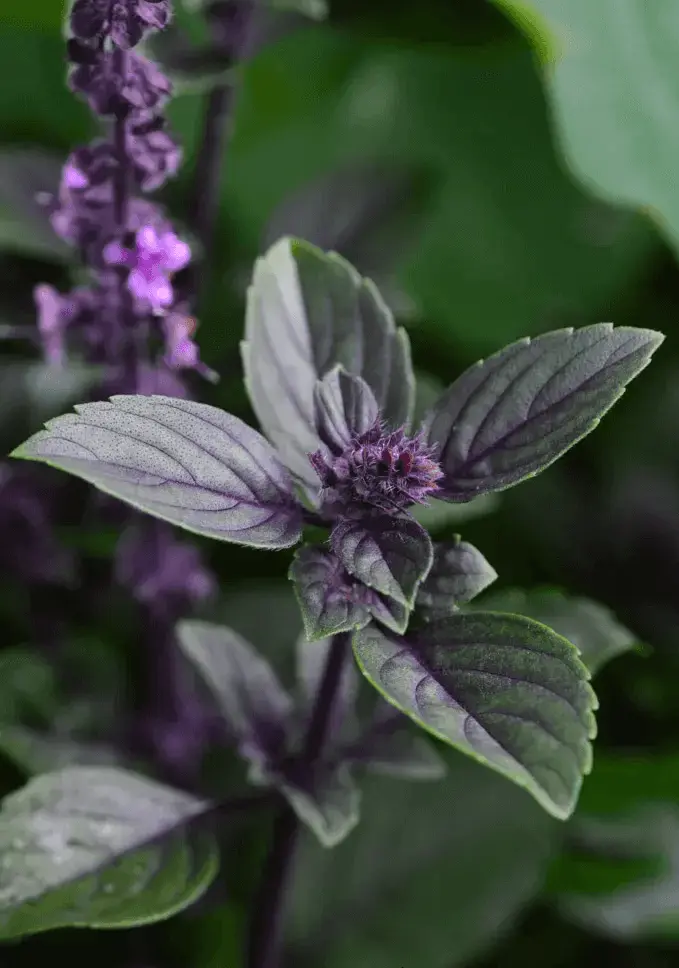
Cinnamon Basil
Basil Cinnamon is a well-known plant, which combines the scent of cinnamon and the traditional aroma of basil. It is a perennial herb of the mint family, grown in pots at home or vegetable gardens for its spicy fragrance and taste.
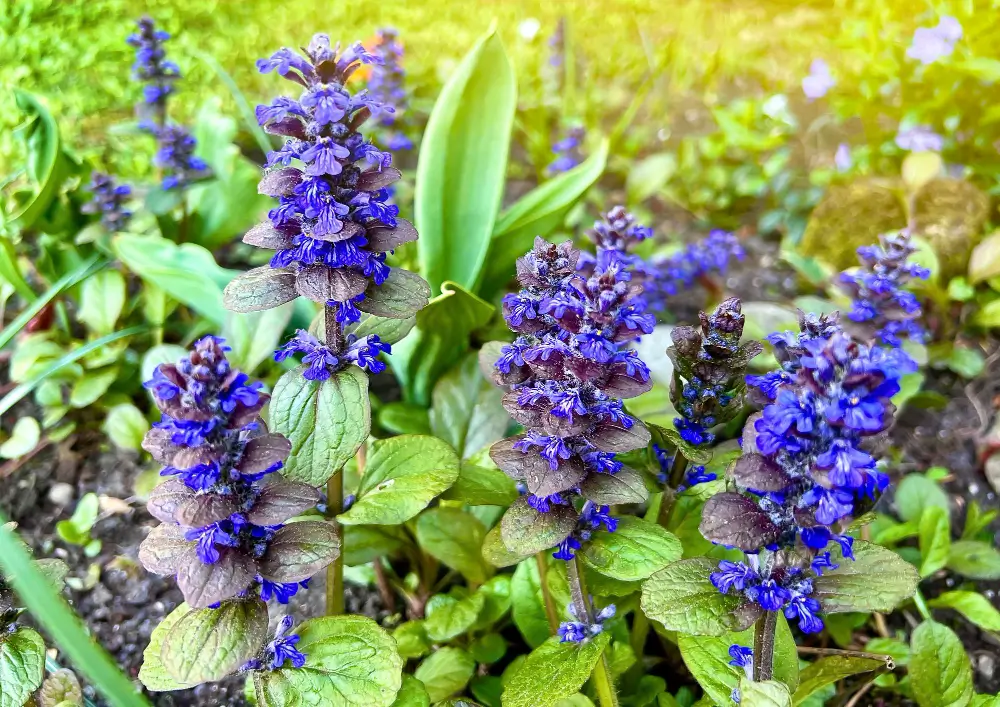
Ajuga
Ajuga is a ground cover perennial that is highly valued by many gardeners, not just for its practical features, but also for its very beautiful leaves and flowers. Ajuga is evergreen with attractive dark green glossy leaves and sprays of blue/purple (even
Fava beans are cool by nature and are normally planted during Spring or autumn.
Fava beans can be utilized practically in any way in cooking as well as farming.
Fava beans grow in cool weather conditions and can quite easily be raised in most kinds of soil.
Fava beans are large, flat, with big seeds and long pods that have smooth surfaces.
Fava bean seeds have certain conditions of germination.
Fava beans are not that vulnerable, and their seeds can survive for a few years when grown in the right conditions.
Fava bean seeds can grow, but are easily grown.
Fava beans are generally tough plants, but are vulnerable to a few bugs and diseases.
To have a successful harvest, it is necessary that the fava bean seeds are handled and stored properly, depending on the storage needed.
Fava bean is an excellent nutritional source that is relatively flexible in its growth and proper environment. They are easy to grow, enrich the soil through nitrogen fixation, and provide a high-protein crop — making them valuable to both gardeners and cooks. Being resistant to pests and disease, fava beans will offer you abundant harvests and fertility in your garden years in advance.
Fava beans typically take 70-90 days to mature after sowing, depending on the variety and growing conditions.
Yes, fava beans can be grown in pots, though they may not reach their full height. Choose a large container and ensure it has proper drainage.
Fava beans are cold-hardy and can tolerate light frost, but they should be planted after the last frost date to avoid damage to young plants.

Soil Health & Fertilization
Victor Miller

Pest Identification & Prevention
Victor Miller

Lawn Care Tips & Maintenance
Victor Miller

Soil Health & Fertilization
Victor Miller

Smart Irrigation Systems
Victor Miller

Patios, Walkways & Driveways
Victor Miller

Soil Health & Fertilization
Victor Miller

Pest Identification & Prevention
Victor Miller
My Account
Our team is always here to help.
We are open Monday - Friday, 9:00 AM to 4:30 PM PST.